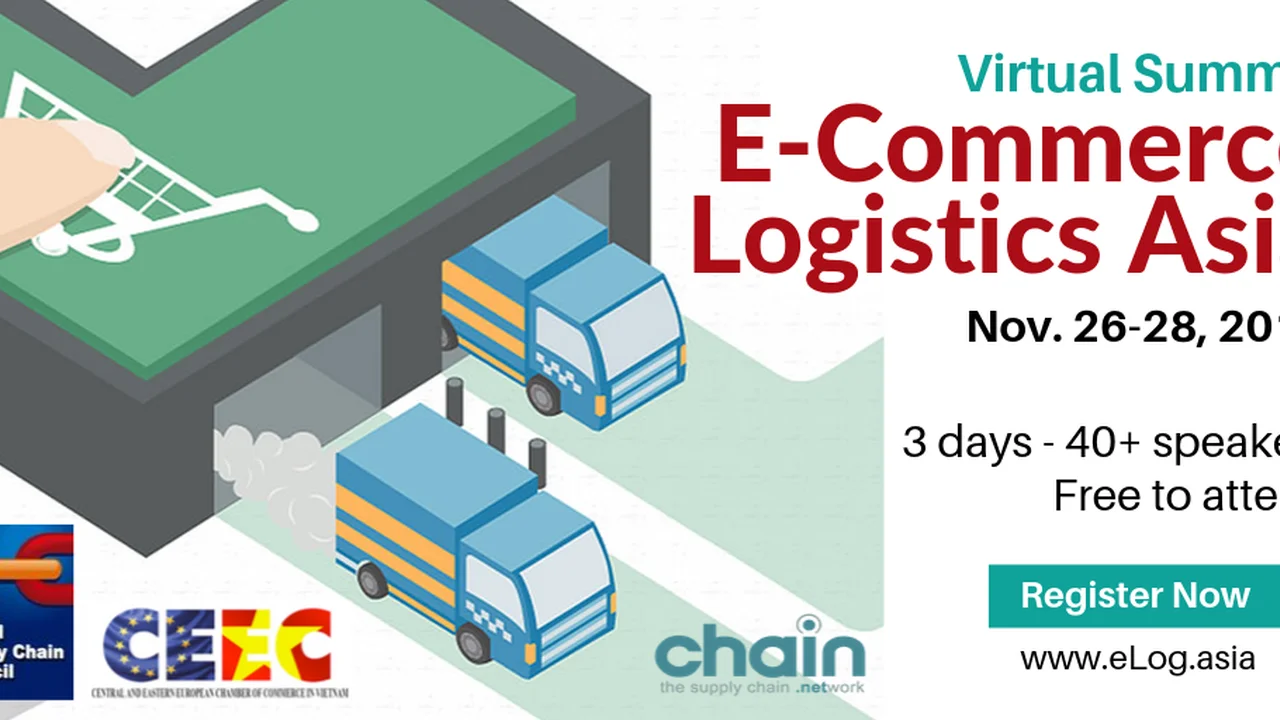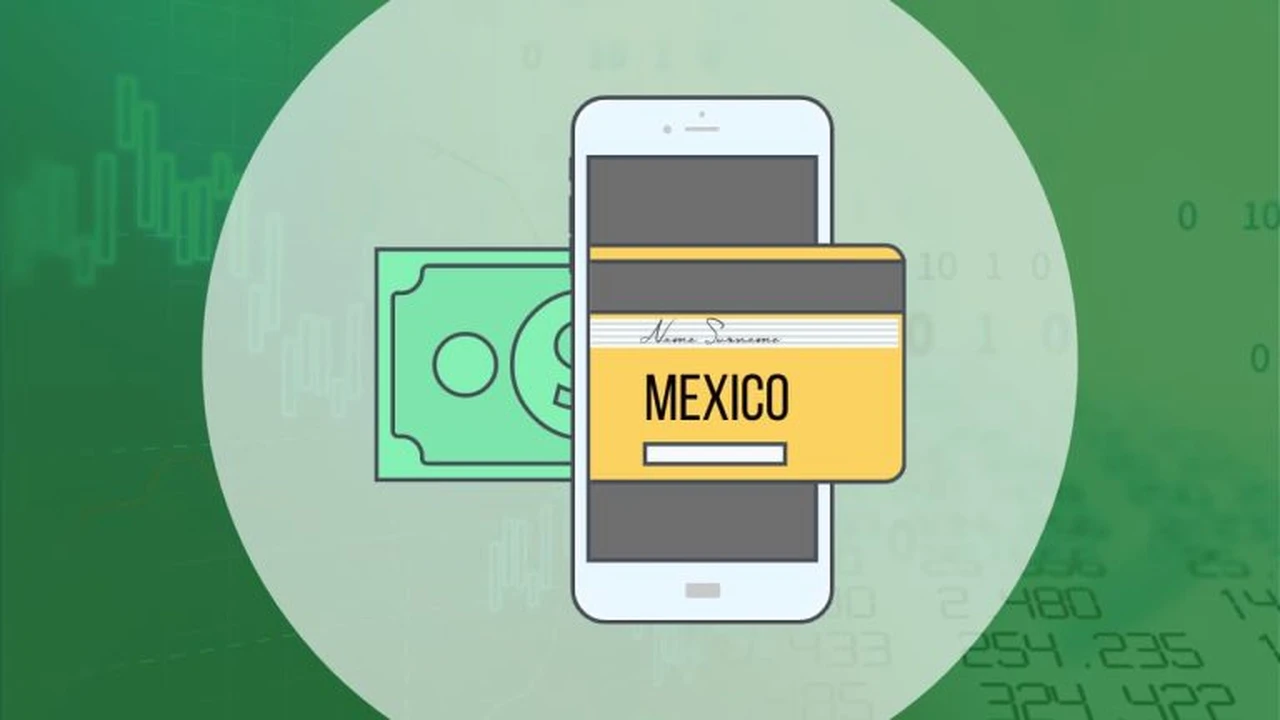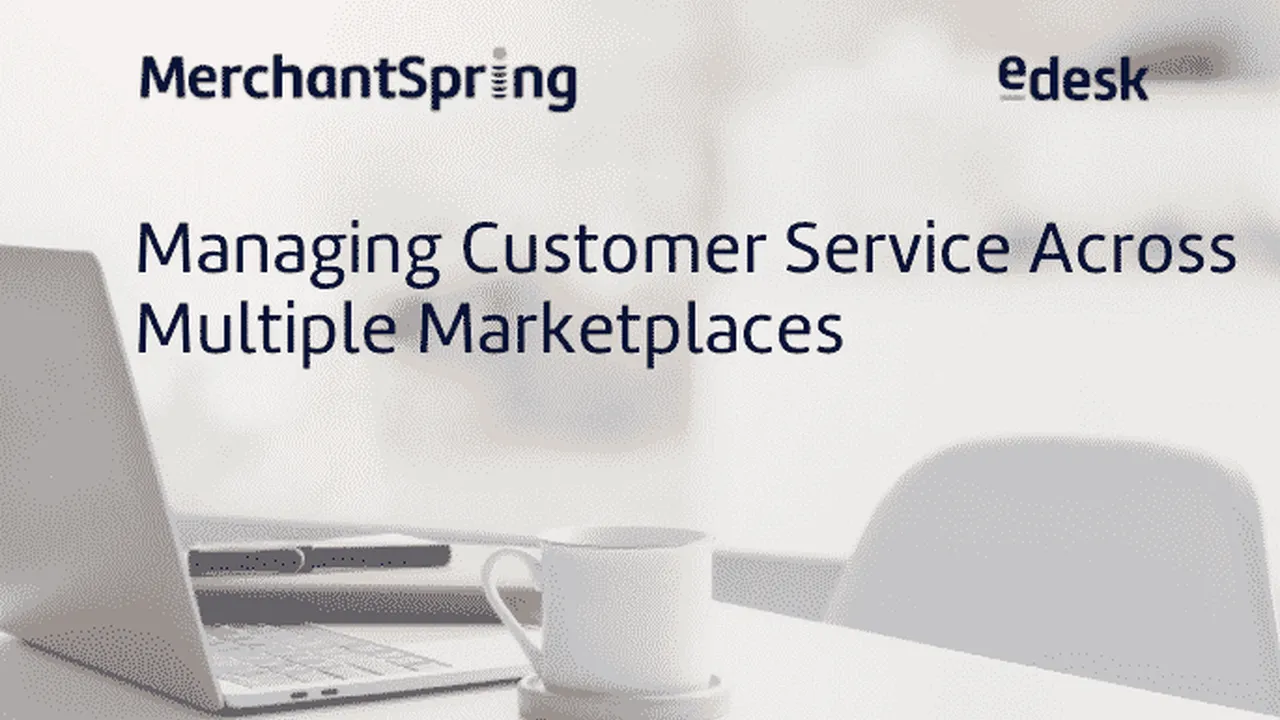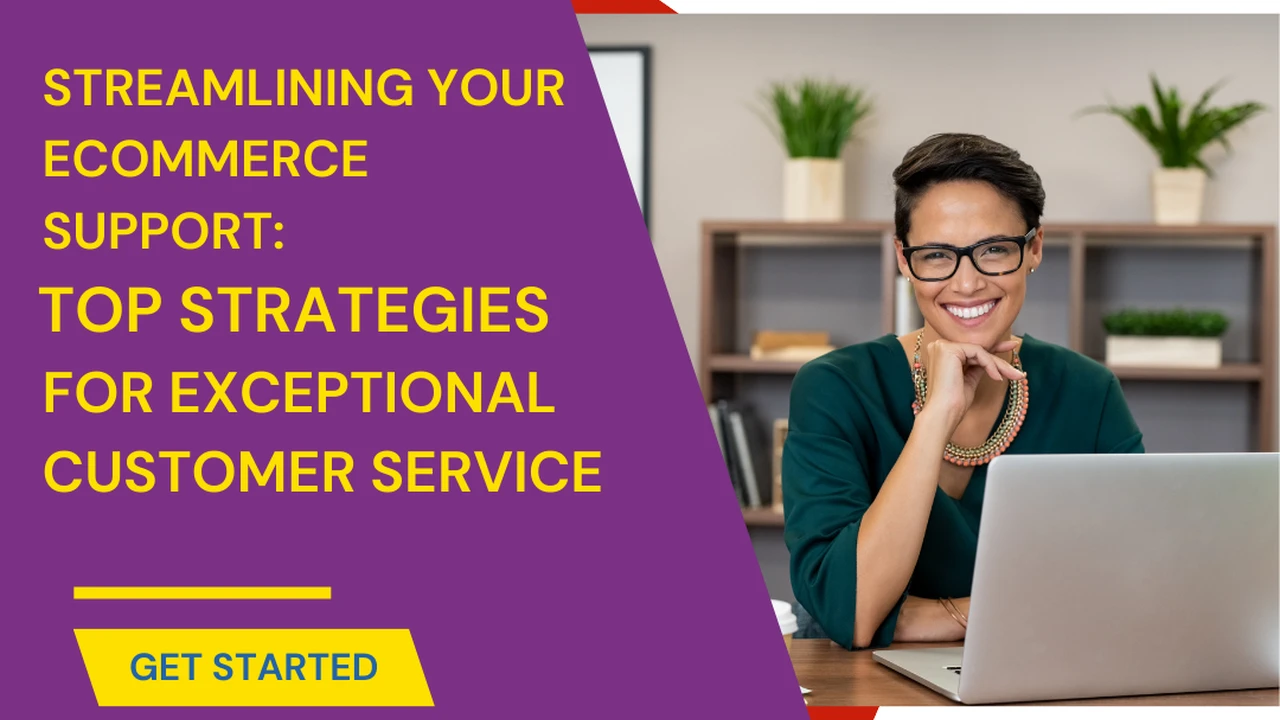Building a Strong Logistics Network for Your E-commerce Business in SEA & Mexico
Sample meta description.

Understanding the E-commerce Logistics Landscape in Southeast Asia & Mexico
So, you're diving into the wild world of e-commerce in Southeast Asia (SEA) and Mexico? Awesome! But hold up, before you start raking in the cash, let's talk logistics. It's the backbone of your operation, and trust me, a weak backbone leads to a wobbly business. We're talking about a region with diverse cultures, varying infrastructure, and a whole lotta competition. Mexico presents its own unique challenges, from navigating customs to dealing with varying levels of infrastructure development across different states. SEA? Think bustling cities, remote islands, and everything in between. Getting your products from A to B isn't always a walk in the park. Think about the sheer geographical diversity. You've got everything from modern highways in Singapore to winding rural roads in the Philippines. Then there's the regulatory landscape – each country has its own set of rules and regulations, and staying compliant can be a headache. But hey, that's where we come in. Let's break it down.
Key Logistics Challenges and Opportunities in SEA & Mexico E-commerce
Alright, let's get real. What are the biggest hurdles you'll face? And more importantly, how can you turn them into opportunities?
- Infrastructure Gaps: Yep, sometimes the roads are bumpy, the internet's slow, and the ports are congested. This means you need to be strategic about your delivery routes and consider using multiple carriers. Opportunity? Partner with local logistics providers who know the terrain and can navigate these challenges.
- Customs and Regulations: Navigating customs clearance can feel like deciphering ancient hieroglyphics. Each country has its own rules, and paperwork can be a nightmare. Opportunity? Invest in a good customs broker who can handle the paperwork and ensure your shipments clear customs smoothly.
- Last-Mile Delivery: This is where things get tricky. Getting your product from the distribution center to the customer's doorstep can be a logistical puzzle, especially in densely populated urban areas or remote rural areas. Opportunity? Explore alternative delivery methods like using local couriers, setting up pick-up points, or even using drone delivery (where feasible and legal, of course!).
- Payment Processing: Not everyone in SEA & Mexico has a credit card. Many people prefer to pay with cash on delivery or through local payment gateways. Opportunity? Integrate with popular local payment methods to cater to a wider customer base.
- Cultural Differences: What works in one country might not work in another. You need to be sensitive to cultural nuances and adapt your logistics strategy accordingly. Opportunity? Do your research! Understand the local customs and preferences, and tailor your approach to each market.
Building Your E-commerce Logistics Strategy: A Step-by-Step Guide
Okay, enough doom and gloom. Let's talk strategy. Here's a step-by-step guide to building a strong logistics network:
- Define Your Target Market: Who are you selling to? Where are they located? What are their preferences? Understanding your target market is crucial for tailoring your logistics strategy.
- Choose the Right Fulfillment Model: Will you handle fulfillment in-house, outsource it to a third-party logistics (3PL) provider, or use a hybrid approach? Each option has its pros and cons, so weigh them carefully.
- Select Your Carriers: Do your research and choose carriers that offer reliable service, competitive rates, and coverage in your target markets. Consider using a mix of international and local carriers.
- Optimize Your Packaging: Use durable packaging that protects your products during transit. Consider using eco-friendly packaging to appeal to environmentally conscious consumers.
- Implement Tracking and Monitoring: Provide your customers with real-time tracking information so they can see where their orders are at all times. This builds trust and reduces anxiety.
- Manage Returns Effectively: Returns are inevitable, so have a clear and easy-to-understand return policy. Make the return process as smooth as possible for your customers.
- Leverage Technology: Use technology to automate your logistics processes, improve efficiency, and gain better visibility into your supply chain.
Essential Logistics Technologies & Software for E-commerce in SEA & Mexico
Let's face it, running an e-commerce business without the right tech is like trying to build a house with just a hammer and your bare hands. Here's a rundown of some essential logistics technologies and software you should consider:
- Warehouse Management System (WMS): This is your brain for the warehouse. It helps you track inventory, manage orders, and optimize warehouse operations. Think of it as your digital warehouse assistant.
- Transportation Management System (TMS): Need to figure out the best routes, manage carriers, and track shipments? A TMS is your go-to. It helps you optimize your transportation network and reduce costs.
- Order Management System (OMS): This helps you manage orders from multiple channels, track inventory levels, and automate order fulfillment. It's the glue that holds your entire operation together.
- Shipping Software: Simplifies the shipping process by automating label creation, tracking, and communication with carriers. Saves you time and reduces errors.
- Inventory Management Software: Keeps track of your inventory levels, helps you forecast demand, and prevents stockouts. A must-have for any e-commerce business.
Product Recommendations: Tools and Technologies to Enhance Your Logistics
Okay, let's get down to specifics. Here are a few product recommendations that can seriously boost your logistics game:
Shippo: Streamlining Shipping for Small to Medium-Sized Businesses
Product: Shippo is a multi-carrier shipping platform that integrates with popular e-commerce platforms like Shopify, WooCommerce, and Magento. It allows you to compare rates from different carriers, print shipping labels, and track shipments all in one place.
Use Case: Imagine you're a small business owner selling handmade jewelry online. Shippo helps you easily compare shipping rates from USPS, UPS, and DHL, choose the best option for each order, and print shipping labels directly from your Shippo dashboard. You can also automate tracking notifications to keep your customers informed.
Comparison: Compared to manually going to each carrier's website and comparing rates, Shippo saves you a ton of time and effort. It also offers discounted shipping rates, which can help you save money. Alternatives include EasyPost and ShipStation, each with varying pricing models and features.
Pricing: Shippo offers a free plan for small businesses with low shipping volumes. Paid plans start at around $10 per month and offer additional features like branded tracking pages and automated shipping rules.
ShipBob: Outsourcing Your Fulfillment Needs
Product: ShipBob is a 3PL provider that handles your warehousing, order fulfillment, and shipping. They have a network of fulfillment centers across the US, Canada, Europe, and Australia.
Use Case: Let's say you're a rapidly growing e-commerce business selling apparel. You're struggling to keep up with order fulfillment and need to free up your time to focus on marketing and product development. ShipBob can take over your entire fulfillment operation, allowing you to scale your business without the hassle of managing a warehouse.
Comparison: Compared to managing your own warehouse, ShipBob offers scalability, reduced overhead costs, and access to a professional fulfillment team. Alternatives include Fulfillment by Amazon (FBA) and other 3PL providers like Red Stag Fulfillment. Consider factors like pricing, location, and service offerings when choosing a 3PL.
Pricing: ShipBob's pricing is based on a variety of factors, including storage fees, pick and pack fees, and shipping costs. You'll need to contact them for a custom quote.
Easyship: Simplifying International Shipping
Product: Easyship is a platform that simplifies international shipping by providing access to a global network of carriers, customs clearance assistance, and duty and tax calculations.
Use Case: Imagine you're an e-commerce business selling handcrafted goods to customers around the world. Easyship helps you navigate the complexities of international shipping by providing accurate duty and tax estimates, generating customs documentation, and offering discounted shipping rates.
Comparison: Compared to handling international shipping yourself, Easyship saves you time and reduces the risk of errors. It also offers features like automated insurance and return management. Alternatives include GlobalPost and DHL eCommerce.
Pricing: Easyship offers a free plan for businesses with low shipping volumes. Paid plans start at around $29 per month and offer additional features like branded tracking pages and dedicated support.
The Future of E-commerce Logistics in SEA & Mexico: Trends to Watch
The world of e-commerce logistics is constantly evolving. Here are a few trends to keep an eye on:
- Increased Automation: Expect to see more automation in warehouses and fulfillment centers, using robots and AI to improve efficiency and reduce costs.
- Drone Delivery: While still in its early stages, drone delivery has the potential to revolutionize last-mile delivery, especially in remote areas.
- Green Logistics: Consumers are increasingly demanding eco-friendly shipping options. Businesses will need to adopt sustainable practices to stay competitive.
- Hyperlocal Delivery: Expect to see more businesses offering same-day or even same-hour delivery, especially in urban areas.
- Blockchain Technology: Blockchain can improve transparency and security in the supply chain by providing a tamper-proof record of all transactions.
So, there you have it! Building a strong logistics network for your e-commerce business in SEA & Mexico is challenging, but it's also incredibly rewarding. By understanding the challenges, leveraging the right technologies, and adapting to the ever-changing landscape, you can set yourself up for success. Now go out there and conquer the e-commerce world!
:max_bytes(150000):strip_icc()/277019-baked-pork-chops-with-cream-of-mushroom-soup-DDMFS-beauty-4x3-BG-7505-5762b731cf30447d9cbbbbbf387beafa.jpg)






